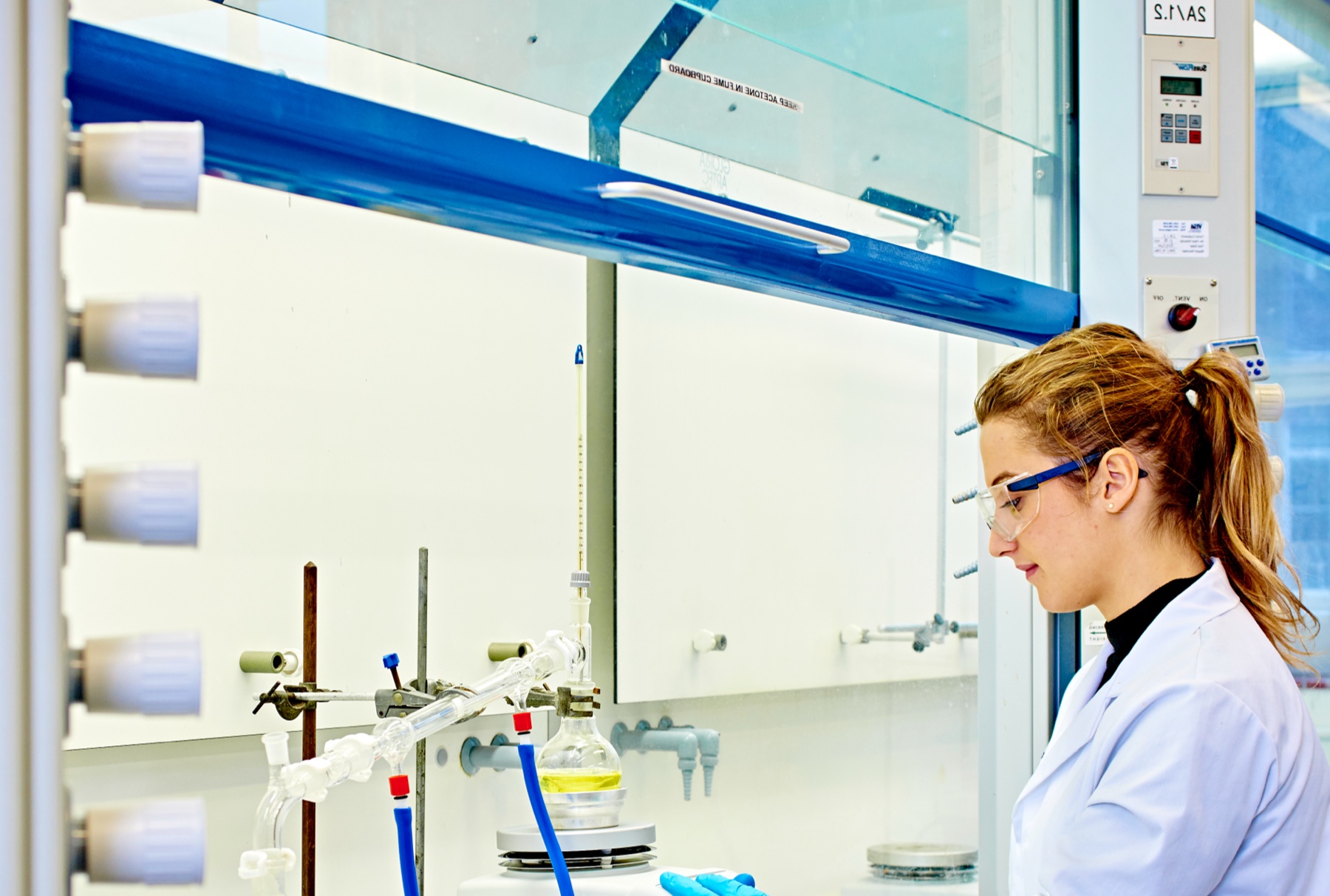Reducing the Costs of Marine Renewables
Improving Cost Effectiveness and Reliability in Marine Renewable Energy Supply
Project leader
Dates
June 2013 to May 2017
Project staff
Sponsors
Partners
University of Strathclyde, I T Power, Marine Current Turbines Ltd, Nautricity
Description
Marine renewable energy conversion needs to achieve cost reduction. It must be cost effective and a reliable source for electricity supply. Thus, there are major engineering challenges that we need to tackle. The biggest challenges relate to scaling up the power capture interface at device level. We must also develop new approaches to the station keeping system (physical environment). The characteristics of the resource govern the system.
To achieve technology cost reduction, the development of the marine renewable sector should emulate the early days of the wind energy industry. The sector should build and deploy larger diameter rotors. This will increase device capacity and thus deliver lower unit costs.
The challenge relates to managing consequences on structural loadings. These increase with the square of the diameter of rotors/ power capture interface. This results in the materials used in the power capture interface operating under very high loading conditions.
Large horizontal axis rotor systems, greater than 15m diameter, have been deployed in full scale tidal environments. But they have succumbed to catastrophic rotor blade failure. Thus, there is a serious challenge in developing more robust materials for the operating environment.
We are combining expertise in tidal energy and materials science to meet this challenge. We will tackle the issue through a combination of laboratory testing and modelling.
